Many kitchen professionals encounter a peculiar problem when using cast iron on induction cooktops: uneven heating. This can be perplexing, especially when cast iron is renowned for its ability to retain heat. Yet, when combined with induction technology, challenges can arise, leading to frustration and inconsistent culinary results. Understanding why cast iron not heating evenly on induction occurs is crucial for any chef or cooking enthusiast who relies on this combination in the kitchen.
The primary culprit behind the uneven heating lies in the very nature of how induction cooktops work. Unlike traditional gas or electric stoves, induction cooktops use electromagnetic fields to directly heat pots and pans. These fields require cookware with ferromagnetic properties, like cast iron, to function effectively. However, cast irons thickness and density can sometimes disrupt the even distribution of these fields, leading to cold spots.
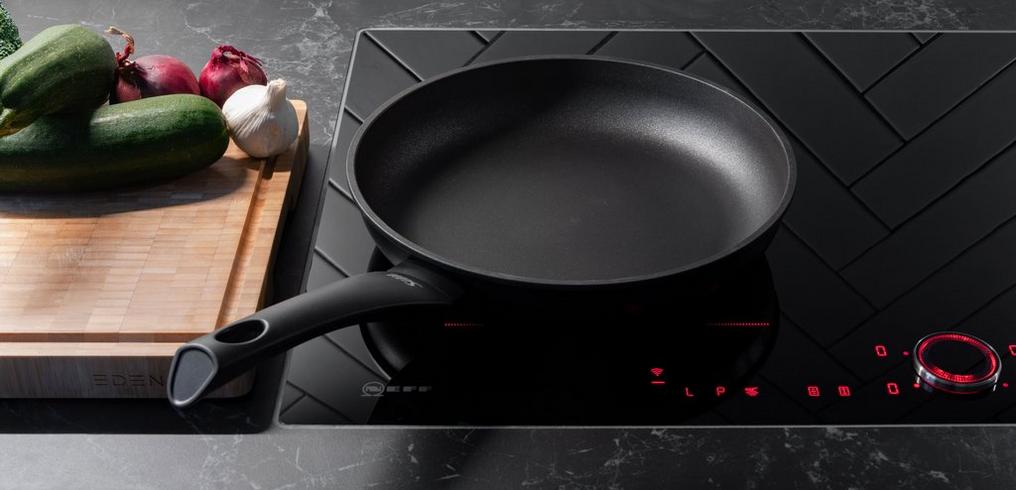
Factors Contributing to Uneven Heating
Thickness and Density of Cast Iron
One of the significant factors contributing to uneven heating is the intrinsic properties of cast iron itself. Its thickness and density are both a benefit and a challenge. While they allow the pan to retain heat for longer periods, they can also prevent it from heating uniformly on an induction cooktop. The heavy bottom may not fully engage with the electromagnetic field, resulting in some areas heating quicker than others.
Quality of the Cooktop
Another contributing factor is the quality of the induction cooktop. Not all induction cooktops are created equal, and lower-end models may not have the same precision in heat distribution as higher-end ones. This discrepancy can exacerbate the issue of uneven heating in cast iron cookware. Professional kitchens often invest in top-tier cooktops to mitigate this problem, ensuring more consistent results.
Solutions to Achieve Even Heating
Preheating Your Cast Iron
Preheating your cast iron pan can help mitigate uneven heating. Start by placing the pan on a low heat setting and gradually increase it. This allows the entire surface of the pan to warm up, reducing the risk of cold spots. Once the pan is evenly heated, you can increase the temperature to the desired level for cooking.
Using Cookware with a Smooth Bottom
Ensure that your cast iron cookware has a smooth bottom. Rough or uneven surfaces can impede the connection with the induction cooktop, leading to inconsistent heating. If your pans surface is not smooth enough, consider using a fine-grit sandpaper to gently smooth it out.
Investing in High-Quality Induction Cooktops
For professional kitchens, investing in high-quality induction cooktops can make a significant difference. These cooktops often have advanced technology that allows for better heat distribution and can accommodate the dense nature of cast iron. Look for cooktops with multiple zones and enhanced precision to ensure even heating across your cookware.
Practical Tips for Kitchen Professionals
Regular Maintenance and Care
Maintaining your cookware and cooktops is essential for optimal performance. Regularly clean the bottom of your cast iron pans to prevent buildup that could affect heat distribution. Additionally, ensure your induction cooktop is free from debris and well-maintained.
Experimenting with Different Induction Settings
Experiment with different heat settings on your induction cooktop. Start at a lower heat and gradually increase it, monitoring how your cast iron responds. This trial-and-error approach can help you find the ideal settings for your specific cookware and cooktop combination.
Additional Resources
For those interested in diving deeper into the world of cast iron and induction cooking, there are numerous resources available. Websites like Field Company offer valuable insights and tips on using cast iron effectively on induction cooktops. Additionally, exploring comprehensive guides such as Culina Cooks can provide practical tips and strategies for overcoming common challenges.
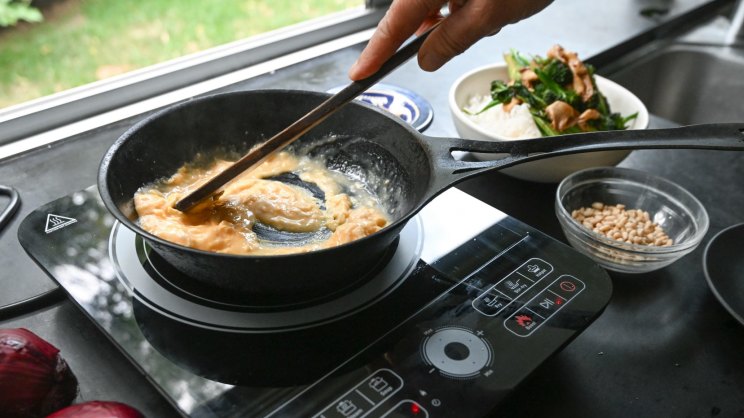
FAQs
Why does cast iron have cold spots on induction cooktops?
Cold spots occur due to the uneven distribution of the electromagnetic field, which may not fully engage with the thick and dense surface of the cast iron.
Can the quality of the induction cooktop affect heating?
Yes, the quality of the cooktop can significantly impact heating. Higher-end models often offer better precision and heat distribution.
How can I improve heat distribution in my cast iron?
Preheating the pan, ensuring a smooth bottom, and using high-quality induction cooktops can all improve heat distribution.

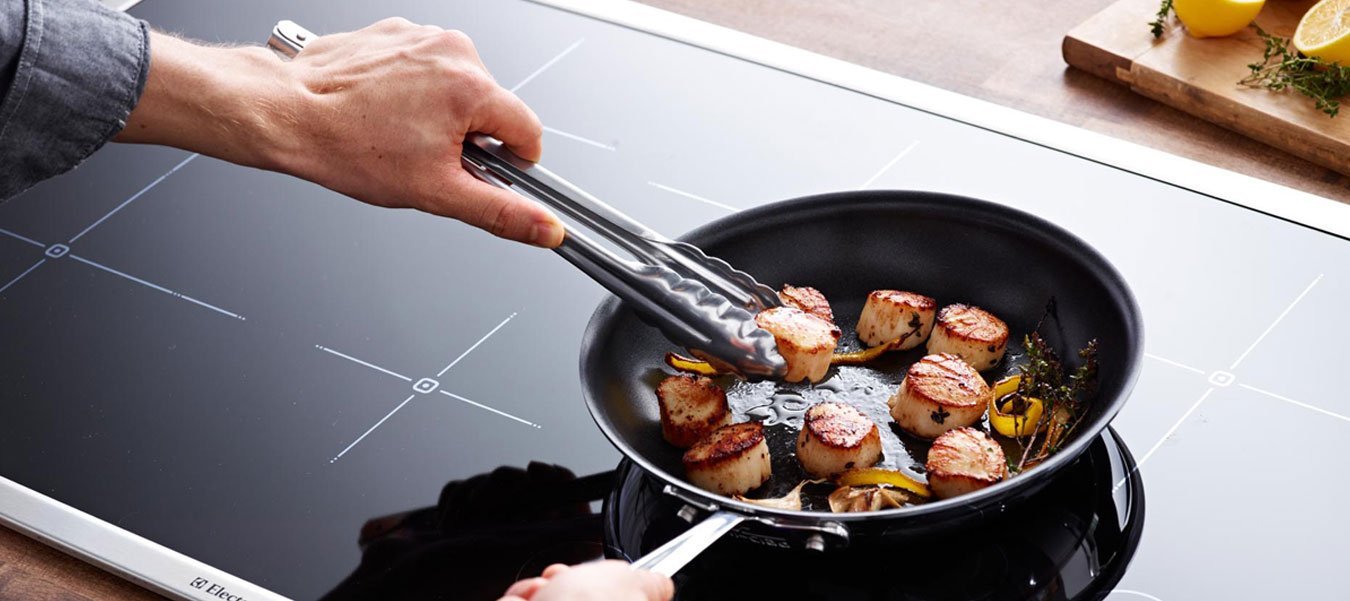


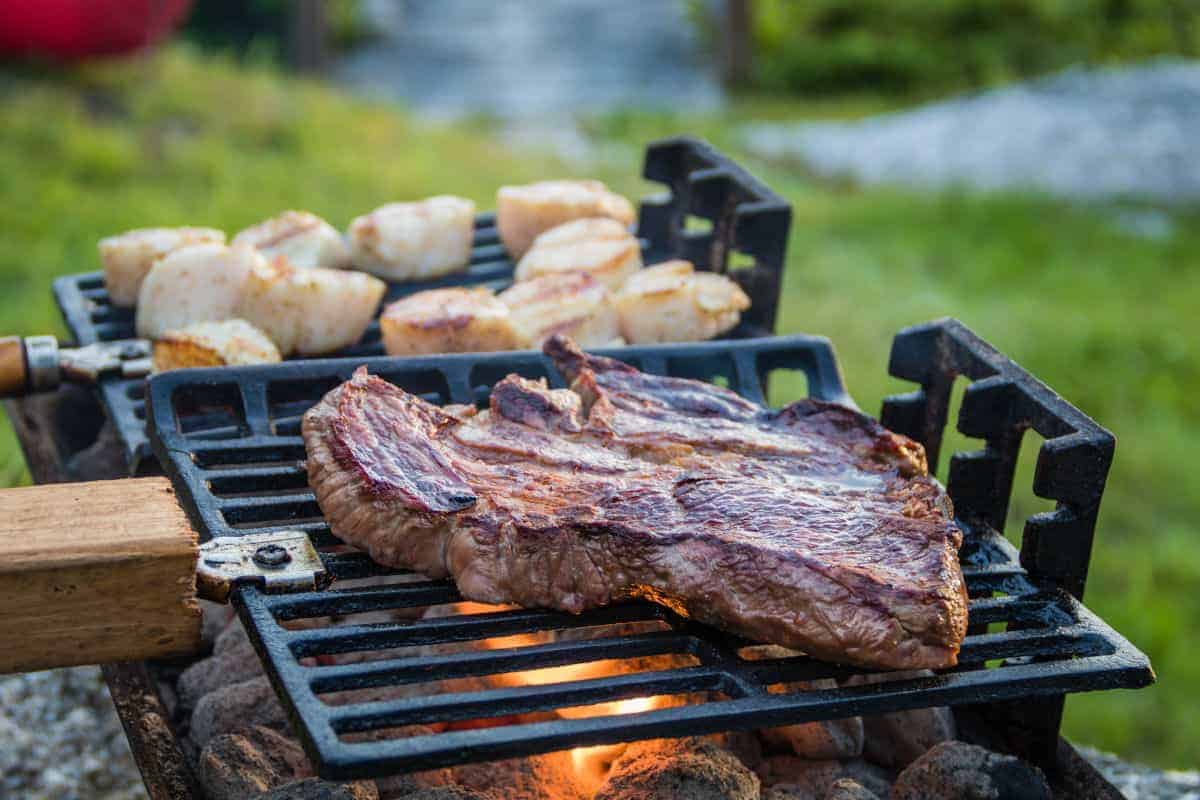
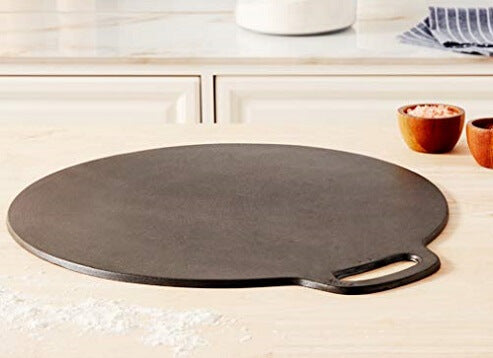
Leave a comment
This site is protected by hCaptcha and the hCaptcha Privacy Policy and Terms of Service apply.